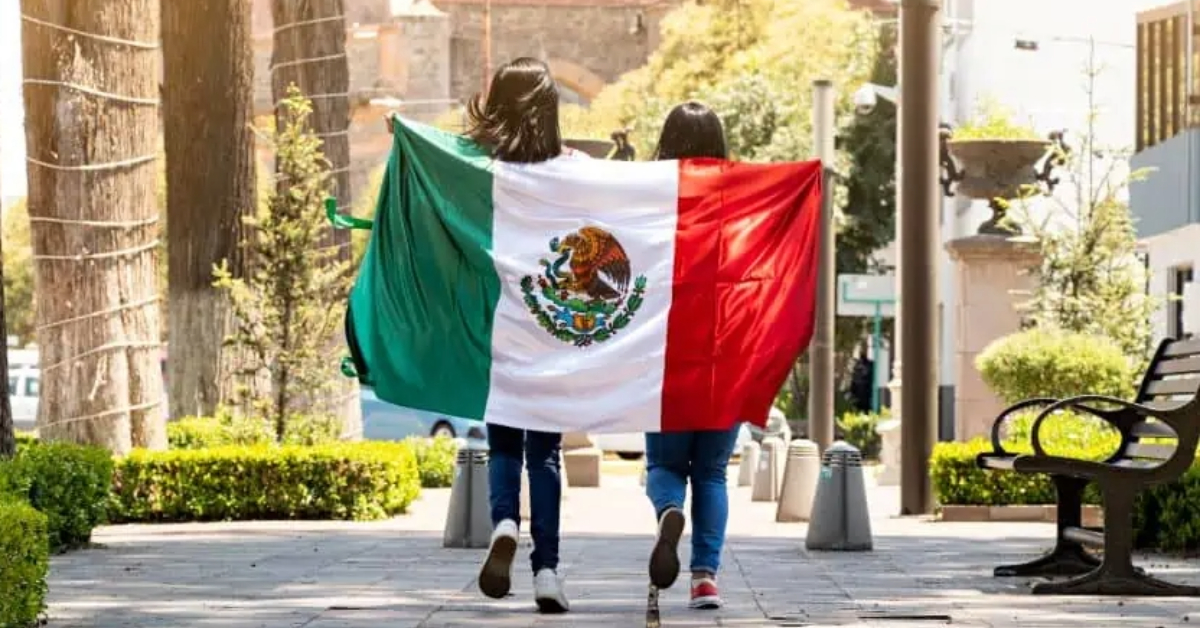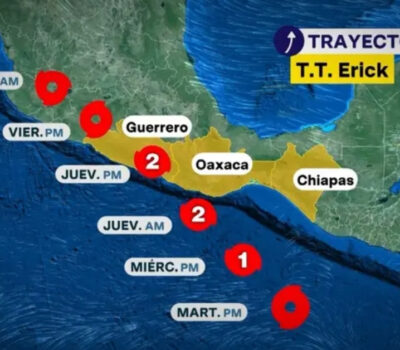Puerto Vallarta, Mexico – The immigration of Americans to Mexico has been a multifaceted and evolving phenomenon over the centuries. A recently published historical analysis sheds light on the diverse waves of American immigration and the significant impact these migrants have had on Mexico’s economic, social, and cultural fabric. This immigration pattern, often underreported, spans from the early 19th century to the present day and reveals the complexities of this binational relationship.
Early Waves and Economic Expansion
In the aftermath of Mexico’s independence, the country’s political elites were eager to attract foreign settlers, believing that their economic prowess could unlock Mexico’s untapped potential. This led to the initial wave of American settlers in the early 1800s, particularly in Mexico’s northern regions, such as Texas and Coahuila. Mexican authorities viewed American immigrants as a way to boost economic development through agriculture, ranching, and other industries.
One notable example is the establishment of American colonies in the northern states, where these settlers played a pivotal role in developing agriculture and cattle ranching. For instance, the Blalock Mexico Colony in Tamaulipas and other colonies introduced new farming techniques and breeds of livestock, significantly boosting the region’s productivity.
The Impact of U.S. Expansionism
However, the influx of American immigrants also came with challenges, particularly during periods of U.S. expansionism. The annexation of Texas in 1845 and the U.S.-Mexico War in 1846-1848 cast a shadow over Mexican perceptions of American settlers. Many Mexicans viewed these immigrants with suspicion, fearing that they were merely an extension of U.S. imperialist ambitions. This sentiment was particularly pronounced in the northern border regions, where American colonists were seen as agents of territorial expansion.
Despite these tensions, American immigration to Mexico continued throughout the 19th century, with settlers contributing to various sectors, including mining, agriculture, and commerce. Many Americans also played influential roles in Mexico’s industrialization during the Porfiriato, the period of Porfirio Díaz’s presidency from 1876 to 1911.
20th Century Shifts: From Capitalists to Retirees
By the 20th century, American immigration took on new forms, reflecting broader changes in U.S.-Mexico relations. American businessmen and investors flocked to Mexico, taking advantage of the country’s economic liberalization policies. The American Chamber of Commerce in Mexico, founded in 1917, became a crucial institution representing American economic interests. Today, it remains one of the largest and most influential foreign chambers in the country, promoting trade and investment between the two nations.
However, the latter half of the 20th century saw a different kind of American immigration. Alongside the business elite, a growing number of retirees from the United States began relocating to Mexico, drawn by the country’s lower cost of living, warm climate, and relaxed lifestyle. These retirees formed a significant demographic within the American expatriate community, particularly in cities like Guadalajara and Mexico City. The American Benevolent Society, founded in the late 1800s, has continued to provide support to elderly Americans living in Mexico, highlighting the strong community ties among this group.
Cultural Influence and Identity Preservation
Throughout their time in Mexico, American immigrants have established numerous organizations aimed at preserving their cultural heritage while adapting to their new environment. The American Society of Mexico, founded in 1946, remains a prominent example of this. Its mission is to foster patriotic connections among American expatriates, promote friendly relations between Americans and Mexicans, and support cultural and educational exchanges. The organization has played an integral role in helping Americans integrate into Mexican society while maintaining a distinct community identity.
Moreover, American immigrants have historically created spaces where they could celebrate their traditions, such as Thanksgiving dinners, Fourth of July picnics, and other festivities. Over time, these events have helped maintain a sense of belonging and solidarity among American expatriates.
Challenges and Integration
Despite these efforts to preserve their heritage, American immigrants have faced challenges in fully integrating into Mexican society. As noted in the historical study, many American expatriates have struggled to bridge the cultural gap between the two nations. Some have maintained a degree of social and cultural separation from their Mexican counterparts, living within expatriate enclaves and relying on American institutions for support. This dynamic has led to occasional tensions, particularly during periods of political strife between the U.S. and Mexico.
Nevertheless, many American immigrants have successfully assimilated into Mexican life, forming mixed families, learning the language, and adopting local customs. The influence of this group on Mexican society is undeniable, with Americans contributing to Mexico’s cultural diversity in various ways, including through arts, education, and business.
Puerto Vallarta, Mexico - The immigration of Americans to Mexico has been a multifaceted and evolving phenomenon over the centuries. A recently published historical analysis sheds light on the diverse waves of American immigration and the significant impact these migrants have had on Mexico's economic, social, and cultural fabric. This immigration pattern, often underreported, spans from the early 19th century to the present day and reveals the complexities of this binational relationship.












